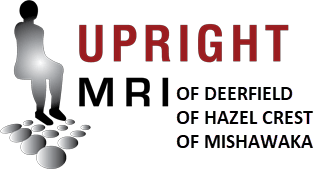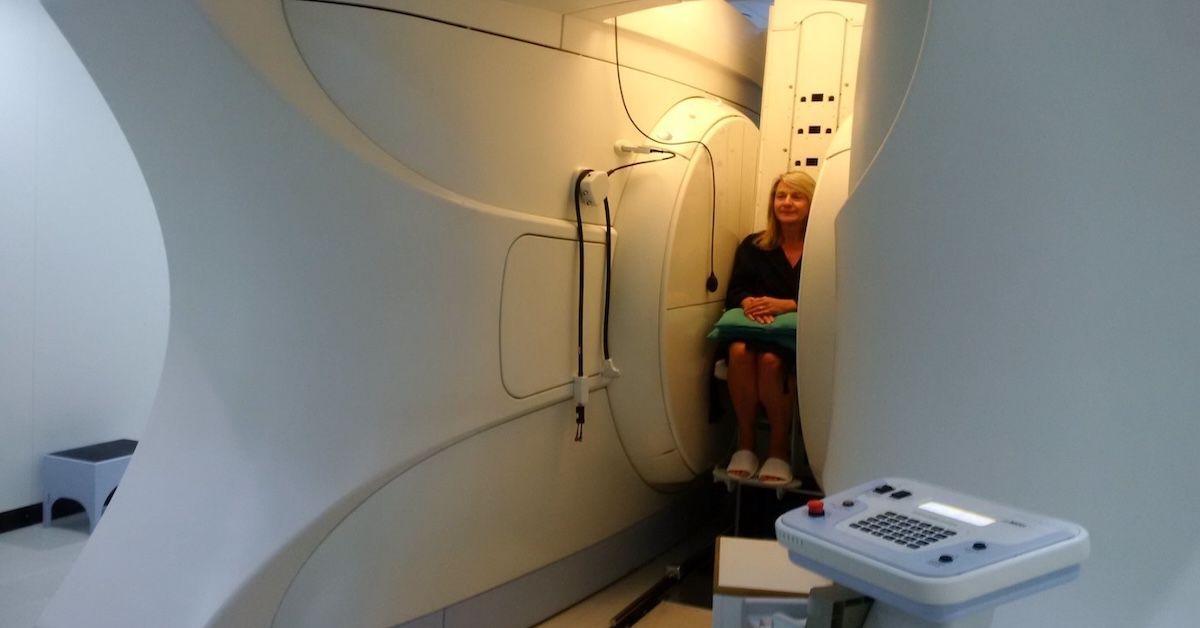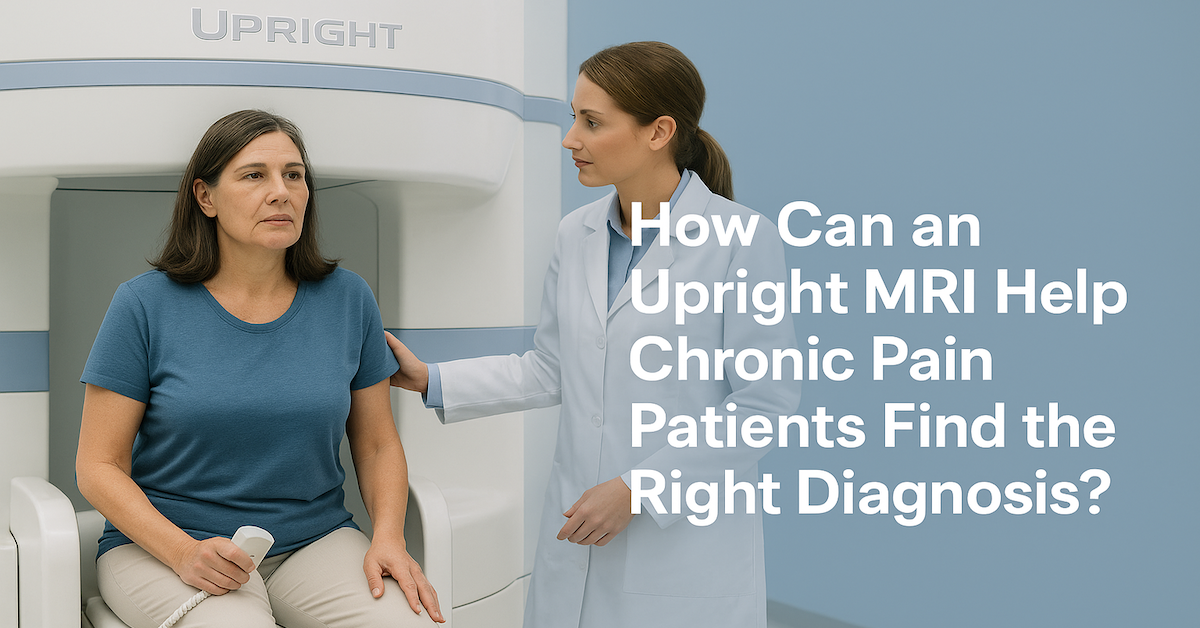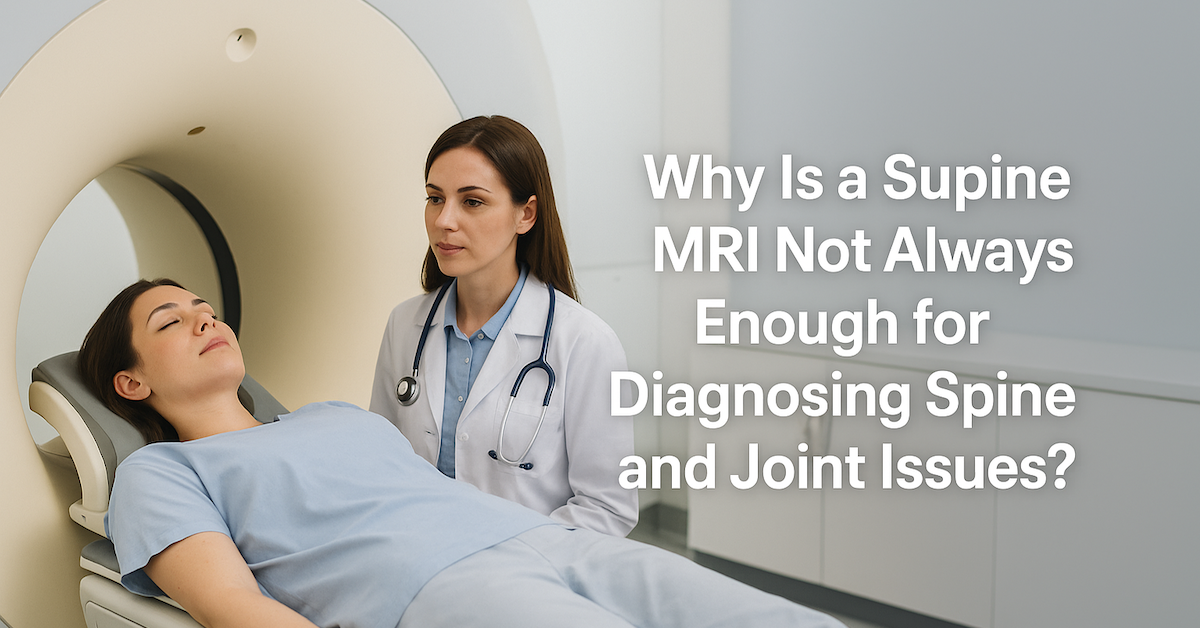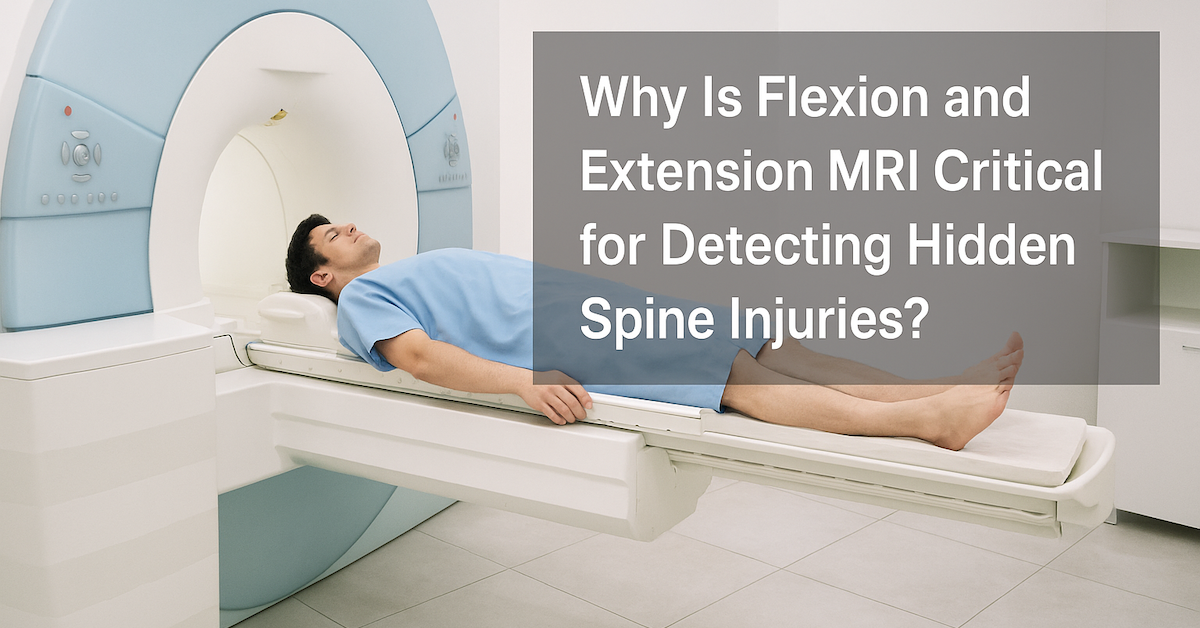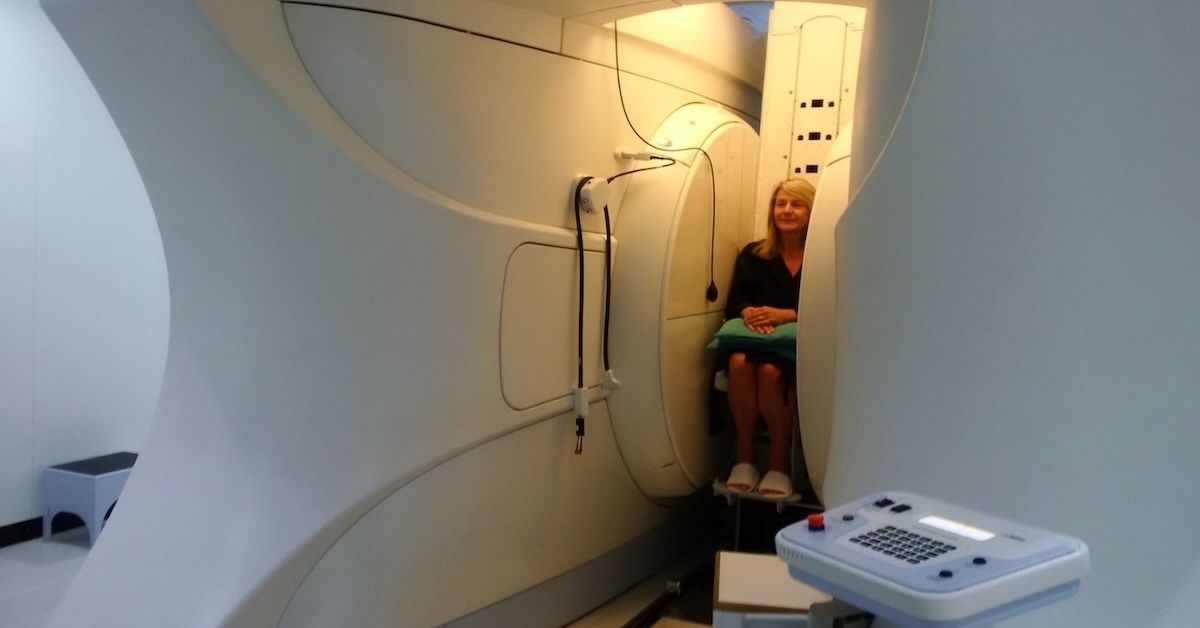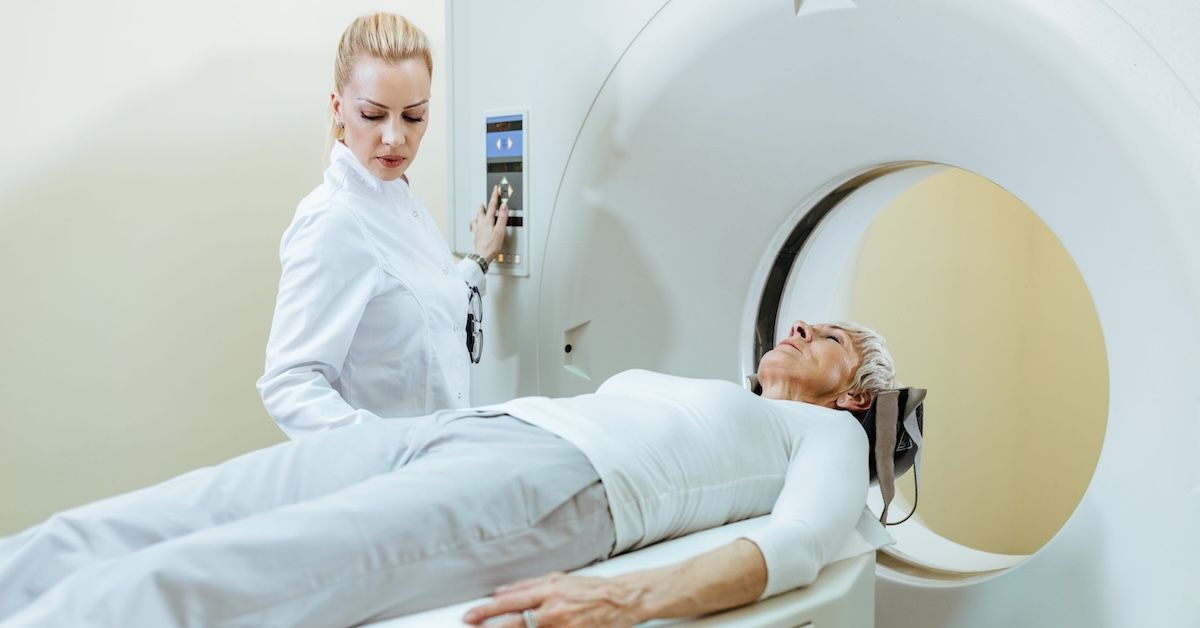The Biggest Breakthroughs in MRI History

FONAR is the company who invented magnetic resonance imaging (MRI) scanning, and is the oldest and most experienced MR manufacturer in the industry. Upright MRI of Deerfield proudly provides their newest, most “patient-friendly” MRI, the Upright Open MRI, for their patients.
Throughout the years, FONAR has introduced new, innovative ways of making their MRI more patient-friendly and more capable of capturing numerous parts of the body, which led to their introduction of the Upright MRI.
Leading up their release of the Open Upright MRI, they proved themselves pioneers in medical technology and leaders in the MR industry. Read below to learn the rich history of the MRI and the discoveries led by FONAR.
The discovery of the MRI
In 1970, Raymond Damadian, M.D., made the seminal discovery that led to the invention of the MRI, which was that abnormal cancer cells had longer relaxation time lengths than normal cells. This discovery led him to realize the possibility of diagnosing diseases with a human-sized scanner he had envisioned. This is the foundation of MRI history.
Damadian called his imaging process “field-focused NMR”, or FONAR, which is what the company is named after.
The introduction of FONAR
FONAR was incorporated in 1978, making it the first MR manufacturer in the industry. They introduced a whole-body scanner and 1980, and went public in 1981.
The Open MRI
When FONAR introduced its patented iron-core technology in 1982, this became the basis for the Open MRI.
In 1984, FONAR invented Oblique Imaging, which provided medical technology the means to produce multiple images at any angle. This was never before possible in medical imaging. The following year, they invented and patented Oblique Imaging, which eventually led to the creation of the FONAR Upright® Multi-Position™ MRI.
The Upright MRI
In 1996, FONAR revealed their FONAR Upright® Multi-Position™ MRI, or Upright MRI, which was the first official MRI scanner that could scan patients in multiple positions: standing, sitting, bending or lying down. Because of its ability to scan patients in weight-bearing positions, this MRI scanner was able to identify things that traditional lie-down MRI scanners could not.
While the Upright MRI is distinguished for its multi-position capabilities, it also has become known as the world’s most patient-friendly MRI because of several factors:
- It is the only truly “open” MRI out there. While some open MRIs still enclose patients at the head and face, patients in the Upright MRI have nothing in front of their face or heads. They can even watch TV while they get scanned.
- It is 70 percent quieter than conventional MRIs. All that patients can hear in the Upright MRI are quiet grumbling noises, whereas in conventional MRIs, they hear very loud sounds described as “rattling garbage cans”. At
Upright MRI of Deerfield, patients are given a microphone so they can also speak to staff any time they need.
- It has proven to help patients with claustrophobia. The Upright MRI is remarkably spacious and does not box patients in. Because of this, patients at Upright MRI of Deerfield have noted in testimonials that they experience claustrophobia in other “open” MRIs, but feel comfortable in the Upright MRI.
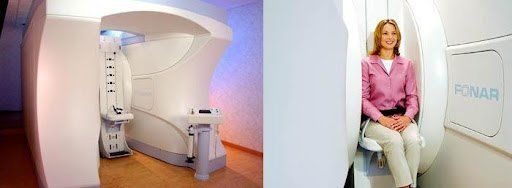
Today
Today, FONAR is working on a new MRI that is called the OR-360º ™, which is a room-sized MRI that is designed to help surgeons operate more easily on patients and provide patients a visual experience.
With their futuristic design capabilities, they are continuously working on the
Open Sky MRI™, which allows the patient to feel like they are in a scenic landscape. The walls, floor, ceiling, and even the magnetic poles, are decorated with a landscape mural of flowers, beaches, and many more options. There are even options specifically for children.
Upright MRI of Deerfield
Upright MRI of Deerfield proudly provides patients the most comfortable MRI scanning experience with the use of the FONAR Upright MRI. To learn more about Upright MRI of Deerfield and its services,
visit our website.

SHARE THIS POST:
Leave a Comment:
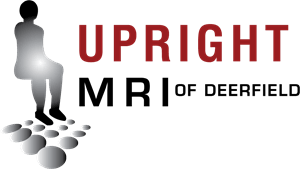
The World's Most Patient-Friendly MRI. A comfortable, stress-free, and completely reliable MRI scan. We offer patients an open, upright, standup MRI experience that helps those who are claustrophobic and stress being in a confined area. Upright MRI of Deerfield is recognized as the world leader in open MRI innovation,
Our Recent Post
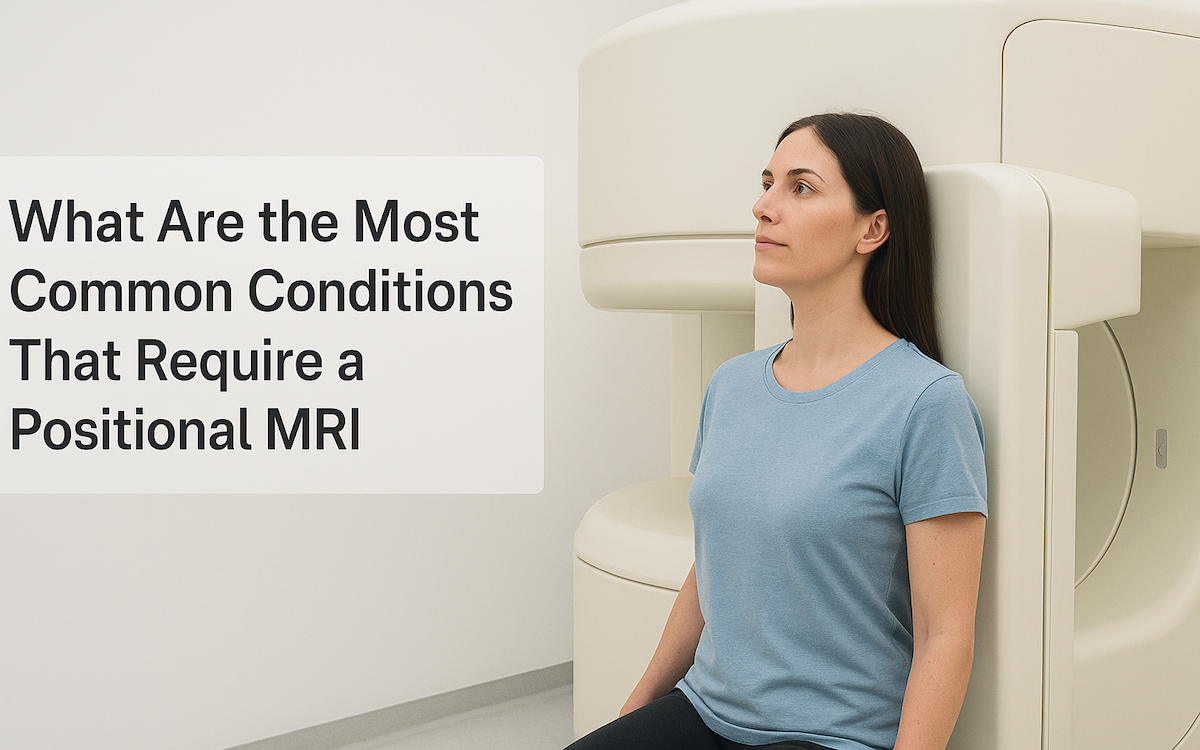
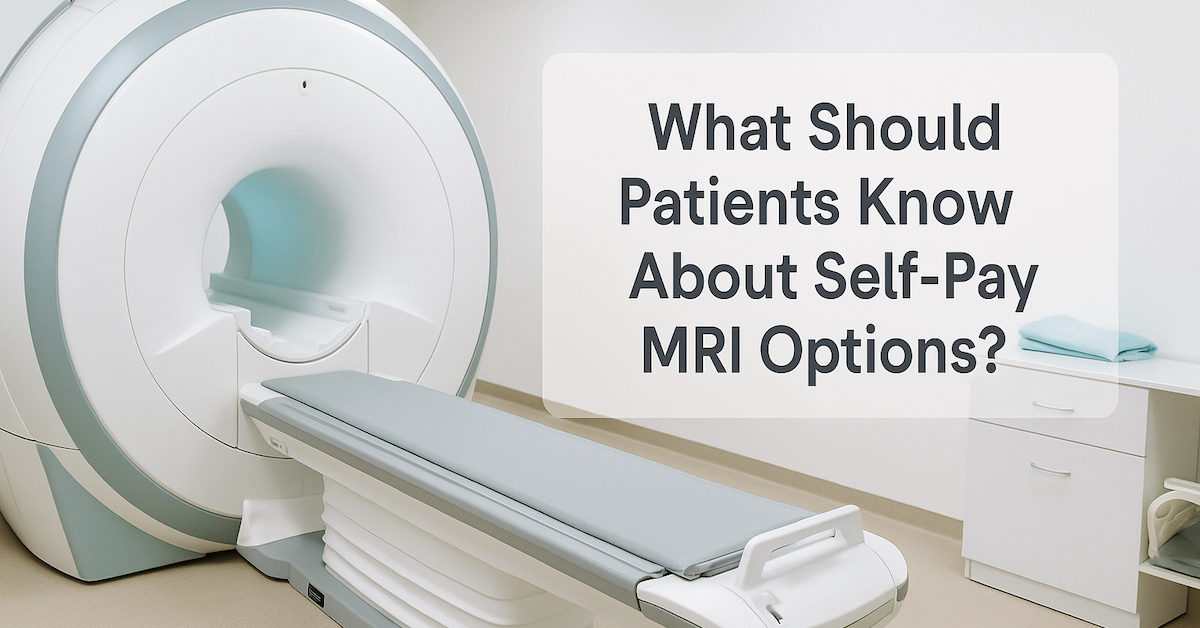

READ PATIENT TESTIMONIALS
Upright MRI of Deerfield.
Susan D.,
Highland Park, 39
I am going to tell everyone about your office! This was a great experience after I panicked in other MRI machines and had to leave. Thank you so much.

Judith B.,
Milwaukee, 61
I suffer from vertigo and other MRIs do not work. This was wonderful…absolutely NO discomfort at all. The MRI was so fast…I wanted to stay and watch the movie! Mumtaz was great. His humor really put me at ease. I’ve already recommended Upright MRI to friends.

Delores P.,
Glencoe, 55
Everything is so nice and professional with your place. I have been there a couple of times. My husband and I would not go anywhere else.

